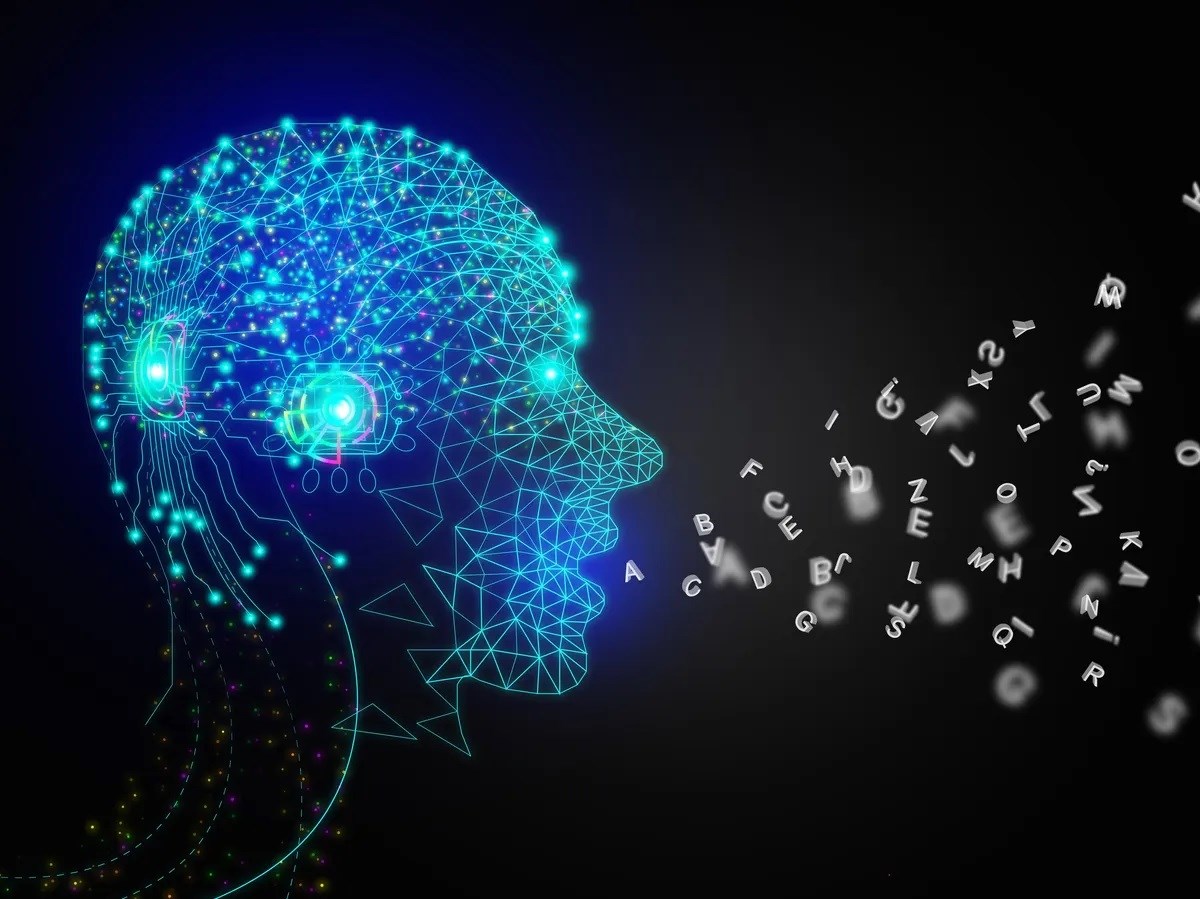 ChatGPT, developed by OpenAI, has begun to infiltrate every aspect of our lives. Especially ChatGPT’s use in scientific articles and students’ graduation papers has become common. Many people (and researchers) are trying to develop a practical solution to such problematic minorities, and a new approach seems to work especially well for a certain type of scientific paper.
ChatGPT, developed by OpenAI, has begun to infiltrate every aspect of our lives. Especially ChatGPT’s use in scientific articles and students’ graduation papers has become common. Many people (and researchers) are trying to develop a practical solution to such problematic minorities, and a new approach seems to work especially well for a certain type of scientific paper.ChatGPT is used in scientific articles
While ChatGPT is extremely good at faking human-made creative content, real professionals find the chatbot pretty “lousy” and unnecessary as a writer. But when it comes to scientific writing, such chatbots can turn from simple nuisances to real threats to science and good research practices.
Newly published research by scientists from the University of Kansas proposes a potential solution to the problem of AI-based plagiarism. The developed tool performs remarkably well in distinguishing human-made science text from ChatGPT output with “over 99% accuracy”. Let’s also mention that this result is achieved thanks to artificial intelligence algorithms and a specially trained language model. That is, artificial intelligence detects artificial intelligence again.
Almost 100% detectable
 Chemistry professor Heather Desaire and her colleagues are battling AI against AI, and they’re apparently getting very good results at it: Researchers turn their work into “perspective, opinion, and comment” articles, a special style of papers published in scientific journals to provide an overview of specific research topics. they focused.
Chemistry professor Heather Desaire and her colleagues are battling AI against AI, and they’re apparently getting very good results at it: Researchers turn their work into “perspective, opinion, and comment” articles, a special style of papers published in scientific journals to provide an overview of specific research topics. they focused.The scientists selected 64 articles on topics ranging from biology to physics, and then asked ChatGPT to create new paragraphs about the same research to bring together 128 “fake” articles. The AI produced 1,276 paragraphs, which were then used by researchers to train the language model to be used to classify AI-made texts. The trained model was then put to the test and its success was almost 100 percent. In addition, the accuracy of detecting individual fake paragraphs was 92 percent.
Scientists state that chatbots produce texts using a certain “typing” style. Therefore, they think that artificial intelligence tools to detect them can be developed and made available to the general public. Although the developed tool can detect ChatGPT in a specific article group for now, it is stated that similar results can be obtained in other article types with more research and more feeding of the model.